Napoleon may have been won many battles with the cold calculation of artillery, but a general who won his victories with daring horse-and-sword Hussar cavalry was Andreas Graf Hadik of Austria. At the epitome of his career in 1757 he deftly plucked Berlin from Prussia with a hoof-pounding raid around Prussian armies to take Berlin. Hadiks Hussars smashed the Berlin garrison regiments asunder with a daring charge through their center ranks. Deemed an impossible feat, Hadiks gutsy move was a moment of great embarressment to Frederick the Great. In a world of weighted shot and calculated cannon this was a harkening to the chivalric panache of earlier warriors. This Austro-Hungarian saber is akin to the sword Hadik would have wielded.
The Hussars were a style of light cavalry inspired by the medieval cavalry of Hungary. Their bold, swift successes inspired later Enlightenment and Napoleonic armies to field regiments of cavalrymen who relied on speed, surprise and saber to rout their foes. They went so far as to copy not only the Hungarian sabers, but even the dress of Hungarian Hussars and their characteristic fearlessness and dash. Hadik, originally a Hussar himself, clearly inherited this ethos for surprise attacks and carried it all the way up to a generalship, giving him the opportunity to use the Hussar tactics for an entire army, not just a regiment.
This Officers Saber of the Austro-Hungarian Hussars is made with a tempered high-carbon steel blade that has been etched with a sun, moon, saber and slogan. The blade, engraved in the fuller with latin reads: Andreas comes Hadik Generalis Campi Marschallus Excelsi Consily Aulae Bellici Supremus Praeses It identifies itself as the sword of Hadik, a General of warfare. The hilt is in brass with a ribbed leather grip embellished with stars of brass. The wood-core scabbard is covered in leather and ornamented in brass with two brass rings. The sword was made by Universal Swords of India.


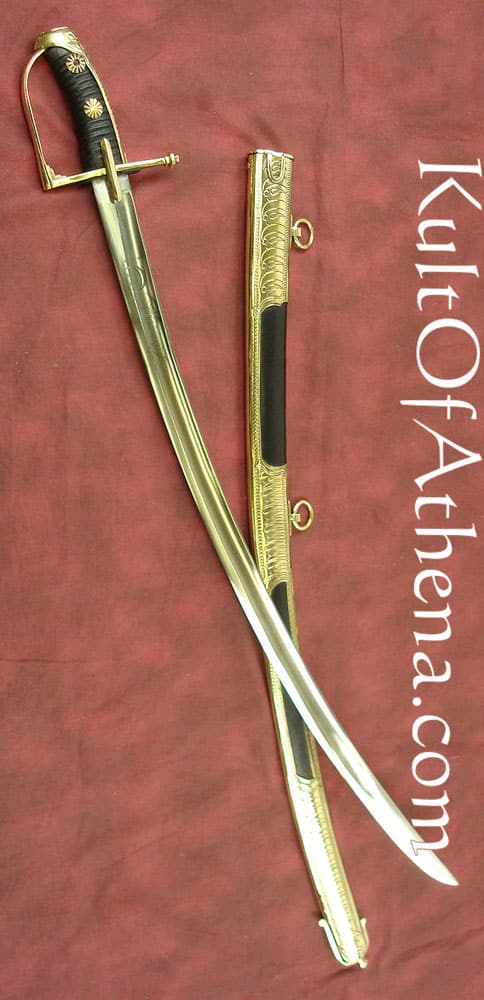

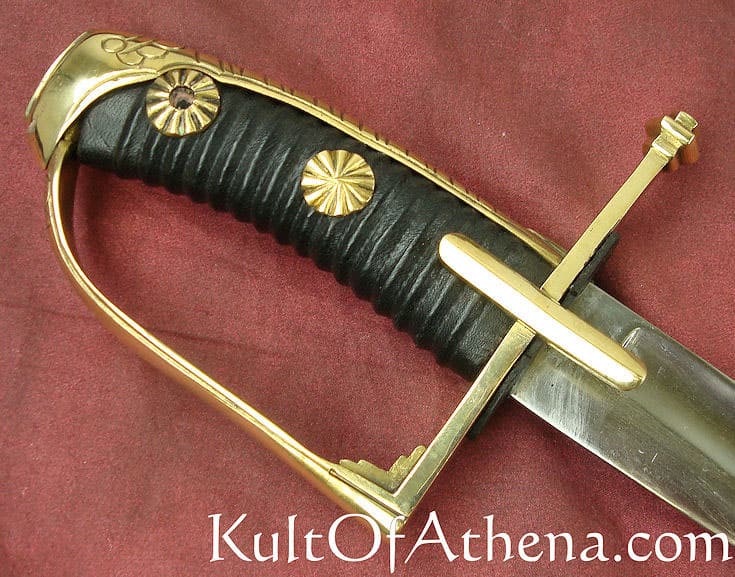
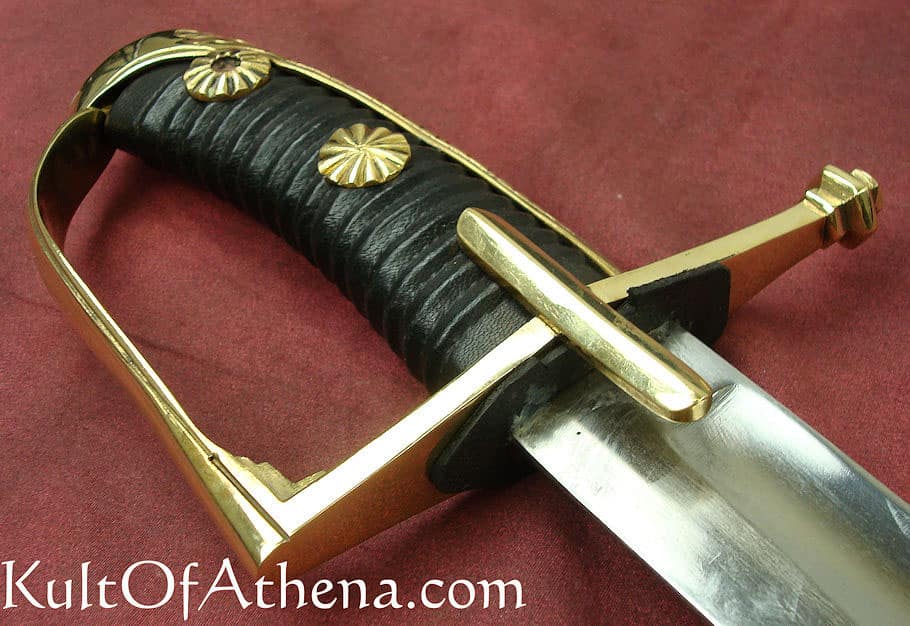
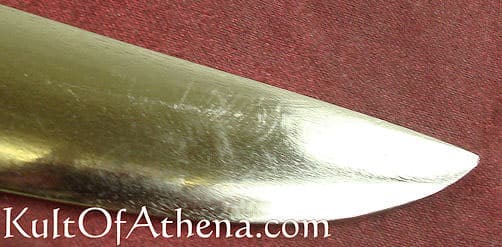

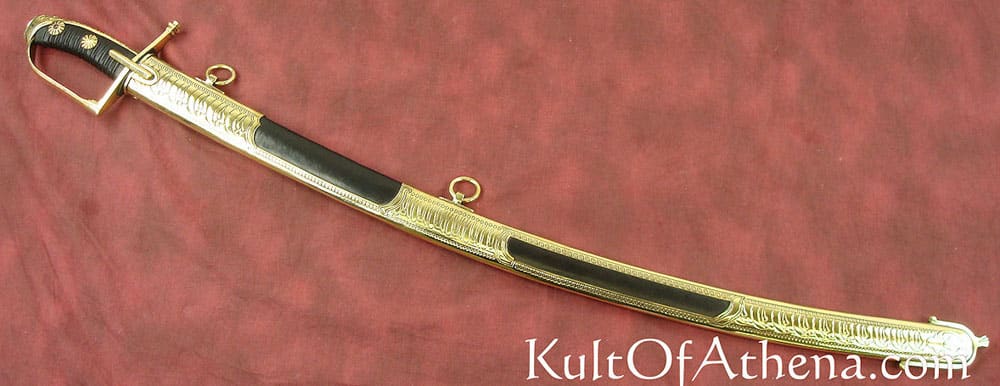

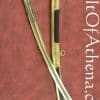


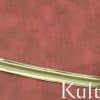
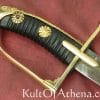
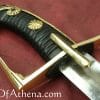
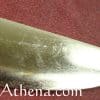

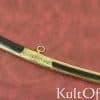
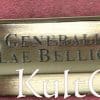
Dave K. –
Strong visuals; not so strong correctness This saber is a presentation sword for Hadik as military counciler to the Austrian Emperor. The hilt and scabberd look very in period; the sabre blade look more like the Franch Guards LC.
These repros never get properly fullered, thus always tend to be sluggish. I finally bought a depth gauge. Historical fuller tends to remove about 45% of the blade mass indicated by the thickness of the back blade at that point. Repros maybe 20%.
Still, this is a pretty good light saber. Sharpened, it provides percussive weight to take down light targets easily.
With a sword knot and cravat it would appeal to the Hussar in anybody.